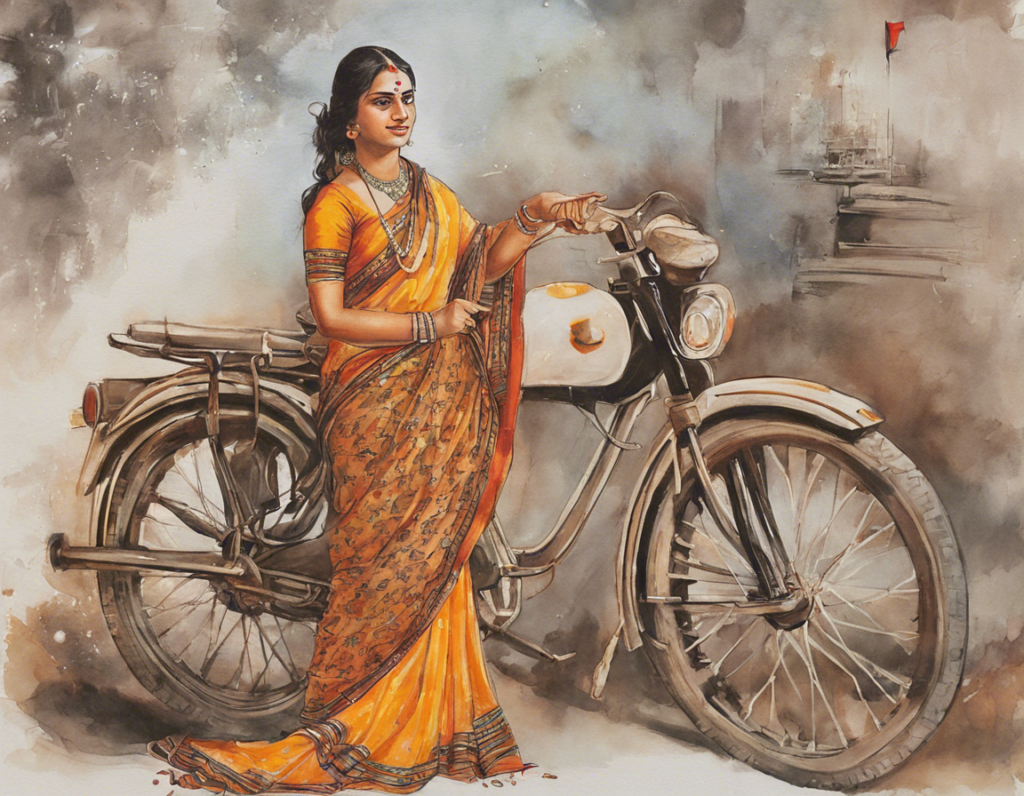Introduction:
Cricket is not just a sport in the Indian subcontinent; it’s a religion. The excitement and fervor surrounding cricket matches are unmatched, and when it comes to the Asia Cup, the intensity reaches a new level. The Asia Cup is a premier tournament in the world of cricket, where the top cricketing nations from Asia battle it out for supremacy. Let’s delve deeper into what makes the Asia Cup cricket tournament so special and why it continues to captivate millions of fans across the globe.
A Brief History of Asia Cup:
The Asia Cup was first held in 1984 in Sharjah, UAE, and was originally scheduled to be held every two years. However, due to various reasons, including political tensions and logistical issues, the tournament’s frequency has varied over the years. Initially, the Asia Cup was a tournament for the Asian Test-playing nations – India, Pakistan, Sri Lanka, and Bangladesh. Over the years, the format has evolved, and now it includes other Asian cricketing nations as well.
Format and Structure of the Asia Cup:
The Asia Cup is typically a 50-over tournament, although there have been instances where it was played in the Twenty20 format. The tournament follows a round-robin format, where all the teams play each other once, with the top teams advancing to the knockout stages. The final is usually a high-octane clash between the two best teams, leading to nail-biting finishes and memorable moments.
Key Teams and Players:
The Asia Cup brings together some of the world’s best cricketing talent, with players like Virat Kohli, Rohit Sharma, Babar Azam, and Mushfiqur Rahim showcasing their skills on the big stage. Teams like India, Pakistan, Sri Lanka, Bangladesh, and Afghanistan are perennial contenders, each boasting of their unique strengths and competitive spirit. While India has been the most successful team in the tournament’s history, the other teams have also left their mark with stellar performances.
Memorable Moments in Asia Cup History:
The Asia Cup has seen its fair share of memorable moments, from thrilling last-ball finishes to exceptional individual performances. One such moment was when Misbah-ul-Haq guided Pakistan to victory against India in the 2012 Asia Cup with a match-winning century. The tournament has also witnessed close contests between traditional rivals like India and Pakistan, creating an atmosphere of intense rivalry and sporting drama.
Impact of Asia Cup on Asian Cricket:
The Asia Cup serves as a platform for Asian teams to test their skills against each other and hone their competitive edge. The tournament provides valuable exposure to young talent and helps in promoting cricket in non-traditional cricketing nations like Afghanistan and the UAE. The Asia Cup also fosters a sense of camaraderie and sportsmanship among the participating teams, transcending borders and celebrating the spirit of cricket.
Future of Asia Cup:
The Asia Cup continues to evolve and adapt to the changing landscape of international cricket, with discussions ongoing about the tournament’s format and frequency. As cricket becomes more globalized, there is a growing interest in expanding the Asia Cup to include more teams and make it a truly representative tournament of Asian cricket. With the popularity of T20 cricket on the rise, there is also a possibility of the Asia Cup being played in the T20 format in the future.
Conclusion:
The Asia Cup is more than just a cricket tournament; it is a celebration of the rich cricketing heritage of the Asian continent. With its thrilling matches, fierce rivalries, and showcase of top talent, the Asia Cup continues to enthrall cricket fans around the world. As the tournament enters its next chapter, one thing is for certain – the excitement of Asia Cup cricket will continue to captivate audiences and inspire a new generation of cricketing enthusiasts.
FAQs:
-
When was the first Asia Cup held, and where?
The first Asia Cup was held in 1984 in Sharjah, UAE. -
Which teams participate in the Asia Cup?
The Asia Cup usually features teams from India, Pakistan, Sri Lanka, Bangladesh, Afghanistan, and other emerging cricketing nations in Asia. -
What is the typical format of the Asia Cup tournament?
The Asia Cup is usually a 50-over tournament, although there have been instances where it was played in the Twenty20 format. It follows a round-robin format leading to knockout stage matches. -
Who are some of the key players to watch out for in the Asia Cup?
Players like Virat Kohli, Rohit Sharma, Babar Azam, and Mushfiqur Rahim are some of the top talents who have shone in past Asia Cup tournaments. -
Which team has been the most successful in Asia Cup history?
India has been the most successful team in Asia Cup history, having won the tournament multiple times. -
What are some of the memorable moments in Asia Cup history?
Memorable moments include Misbah-ul-Haq’s match-winning century against India in 2012 and thrilling encounters between traditional rivals like India and Pakistan. -
How has the Asia Cup impacted Asian cricket?
The Asia Cup has provided valuable exposure to young talent, promoted cricket in non-traditional cricketing nations, and fostered a sense of camaraderie among the participating teams. -
What is the future outlook for the Asia Cup tournament?
The future of the Asia Cup may involve expanding the tournament to include more teams, adapting to the rise of T20 cricket, and continuing to showcase the best of Asian cricketing talent.
